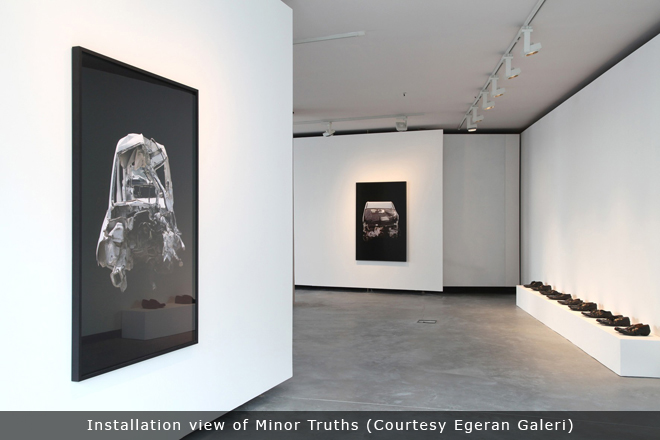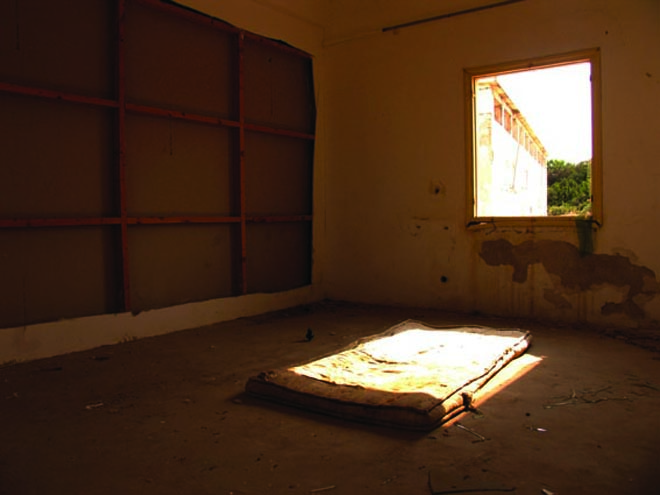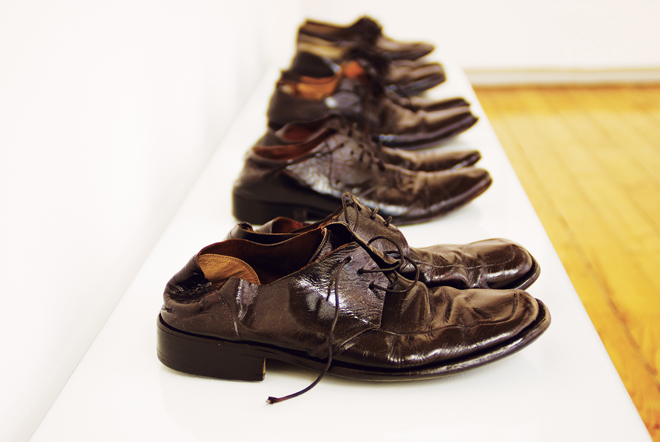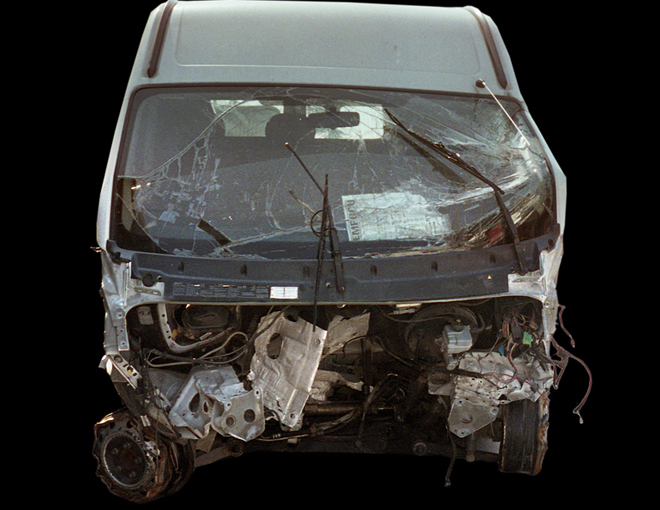MINOR TRUTHS IN ISTANBUL
Written by: Alia Bilgrami - Posted on: December 04, 2012 |  Comments | 中国 (Chinese)
Comments | 中国 (Chinese)
Google Translation: اُردو |
中文

My first time in Istanbul was unforgettable. There is so much history, so much art and so much beauty, that it is quite difficult to put into words. When you look at the Blue Mosque you turn your back to Hagia Sophia and vice versa. In effect, you don’t know which way to turn so they have benches there that allow you to sit and look at both sides simultaneously. Needless to say the architecture, the façades, the interiors, including the magnificent calligraphy and tiles, the chandeliers and the carpets are all magnificent specimens of how rich and diverse the Ottoman culture was and still is.
 |
| Arafta (Photography by Selim Birsel, courtesy Egeran Galeri) |
Amongst the many historical jewels of Istanbul, there is a buzzing contemporary art scene that is at par with modern art from any western or eastern country in the world. Art here maintains a unique flavour that is evident at first glance. This is to be expected, given how inspiring the city is with all its glorious architectural wonders, the artistic heritage and the beautiful scenery that still surrounds the inhabitants of the city. There were two contemporary art galleries that really stood out in terms of what they focus on, and in particular, what they had currently put on display during my visit.
One of the galleries is called Egeran Galeri, situated in Beyoglu. It is not even a year old, having just been opened in January 2012 by Suzanne Egeran. Like any modern art gallery in Europe, it is a small but sufficient space that has a very sleek, mostly white interior. The gallery focuses on artists that choose to work in the conceptual art tradition. They work with both international and local Turkish artists from emerging artists to established artists and everyone in between. That is a very fair approach that adds much variety to their calendar, and the room for growth and refreshing ideas is constantly present.
 |
| Like New (Installation piece by Nasan Tur, courtesy Egeran Galeri) |
Minor Truths was on display till the 6th of October. The artists featured were Selim Birsel, Ali Kazma, Ali Emir Tapan, Nasan Tur and Mürüvvet Türkylmaz. Curated by Elif Kamisli, the exhibit dealt with the concept of time and the artists managed to communicate political concerns through minimal gestures as well as existential issues. The concept and title for the show was inspired by the novel The Institute for the Readjustment of Clocks, by Ahmet Hamdi Tanpnar.
Here one found an art exhibit that really struck a chord within. The whole point of the display was to evoke feelings of our own mortality, something we must come to terms with that many of us are acutely aware of in our everyday lives while others continue to brush it aside, not wanting to face the truth.
 |
| Untitled photography by Ali Emir Tapan (Courtesy Egeran Galeri) |
The artists dealt with different aspects of the topic, through photography, installations and film. They sifted through the many layers of memory and of human nature’s way of wanting to ‘capture a moment’ in time, as we often do through photography or by collecting objects and memories, evidence of our existence and the desire to validate human life through these objects that are significant to us or our memories. A question I often ask myself is that by capturing a moment in time are we really ‘capturing’ that moment, or do we lose that moment in time? Are we simply not living the moment that we are attempting to save or immortalise in our attempt to capture it? Moments are as fleeting and ethereal as our own existence.
One of the most striking works in the show was a row of used shoes that were soldered and polished, ‘Like New’ by Nasan Tur. These shoes may have seemed like any other installation made up of ‘found objects,’ but if you really thought about it, they served as an apt metaphor to denote the race against time, the struggle against accepting mortality, ageing and eventual decay. They held in them the marks left behind, the wear and tear by their previous owners and they contained a real human presence, each one moulded in the shape of their feet. Our ability as humans to keep trudging along and reinventing ourselves, to defy the end of time and the constant quest of eternal youth was captured quite successfully in this installation.
Ali Emir Tapan’s photography of a totalled car was devastating in its graphic depiction of how fragile human life is, how everything can end in one swipe and the violent truth of finality that this is indeed the end. Unlike Selim Birsel’s photographs of a perfectly spinning top that still contain in them a level of hope, a shard of possibility as the work recorded a space in between life and death where we are in limbo, Tapan’s photography clearly spoke of death, a point of no return.
All the work included in this exhibit powerfully stirred emotions in the viewer, giving one the chance to negotiate and think about violence while still being hopeful. The work gave you both a sense of individual and collective memory, that really made you think about ‘the moment’ and what it meant to different people through their own collection of moments and memories, as well as to contend with ‘time’ which is a resonating feature throughout the show.
Click to view picture gallery
RELATED STORIES:

 Comments | 中国 (Chinese)
Comments | 中国 (Chinese) 

